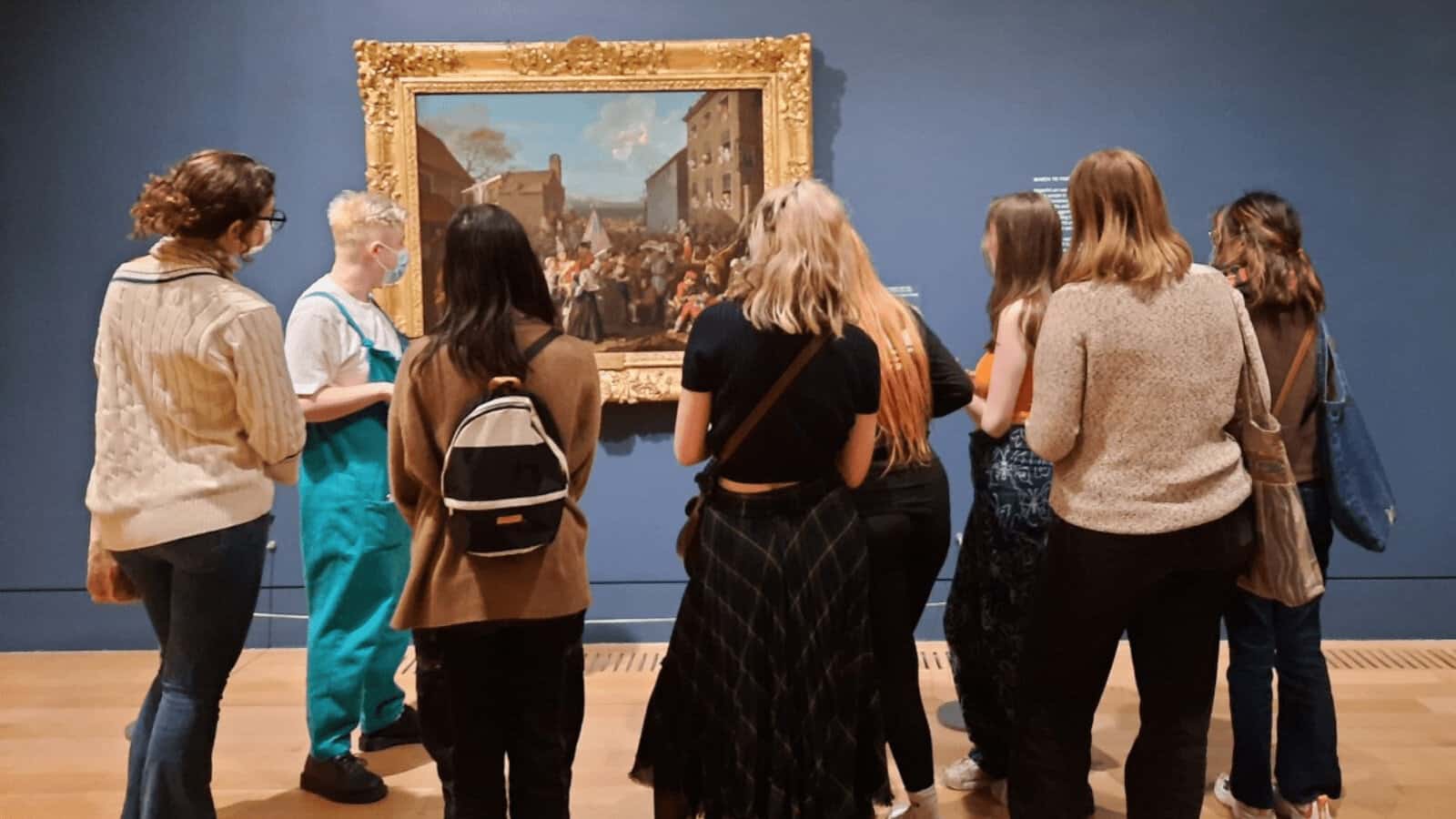│By Ben Wilkinson-Turnbull, Gale Ambassador at the University of Oxford│
Academics know that there is nothing more joyful or frustrating than working with primary sources. Imparting the ability to locate, appreciate, understand, and interrogate primary materials onto students is central to our roles as educators. But achieving this in the classroom isn’t always easy – especially when you’re also trying to teach through a pandemic! Drawing on my own experience of teaching in higher education, this blog post offers ten top tips on how to teach with primary sources.
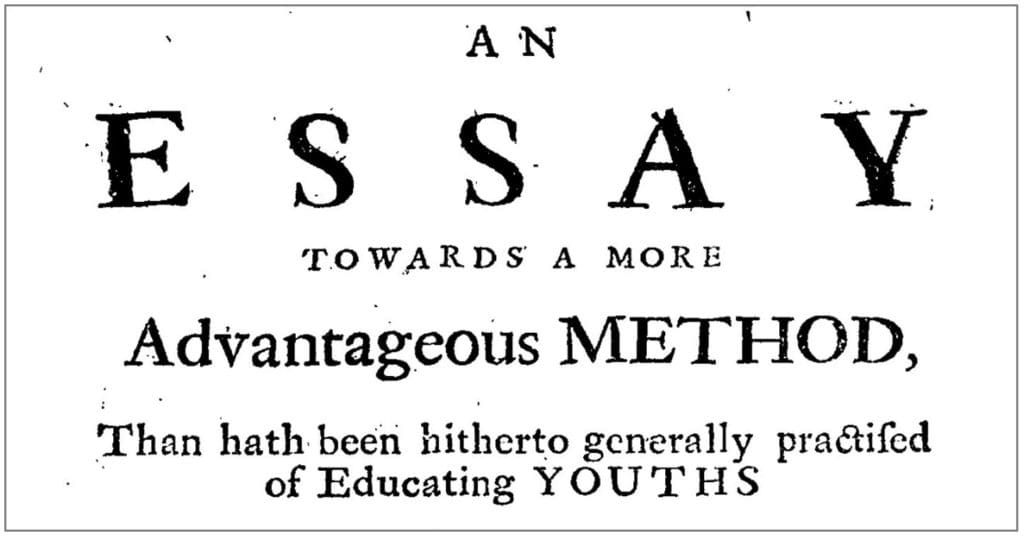
1. Spend Time Teaching Students How to Locate Primary Sources
Start Simple. As experts in our respective fields it’s often easy to forget about the basics. For us, knowing where to look for primary sources is simply second nature. But for most undergraduate students this will be the first time they’ve been tasked with finding primary sources outside of modern editions. Explaining in a reading list or at the start of a seminar what databases are available to them through their university library, how they can be accessed, and where they should be looking for specific material will help build their confidence in locating primary sources – and save you valuable time fielding questions.
2. Get Them Using Primary Source Databases ASAP!
Once they know where to look, the quicker you get students using these primary source databases the better. One of the best ways to do this is to set students a simple primary source gathering exercise. I tend to do this by giving them keywords and dates relating to the topic we’re studying. I ask them to use them to locate a short primary text or extract using a Gale Primary Sources archive such as Eighteenth Century Collections Online, on which they write a presentation. This sort of exercise helps demonstrate the wealth of primary sources at their fingertips, as well as helping students get to grip with ECCO’s search options.
3. Show them A Range of Databases
When they’ve got the hang of using one database let them loose on a few more digitised collections to wider their understanding of key issues. For example, after teaching students how to locate literary works through ECCO or Nineteenth Century Collections Online, asking them to search the titles of these texts in newspaper archives such as the Burney Newspaper Collection, Times Digital Archive, or Times Literary Supplement Historical Archive will allow them to understand how those works were received by contemporary critics.
4. Talk about the Materiality of Texts
As a book historian, I’m keen to get my students thinking about the materiality of primary sources. Getting students to compare different editions of texts is a great way to get them thinking about these issues. For example, I’ve demonstrated the continued popularity of Swift’s Gulliver’s Travels (1726) across a variety of readers by using ECCO to compare the first multi-volume edition of the text to a later cheap chapbook abridgement.
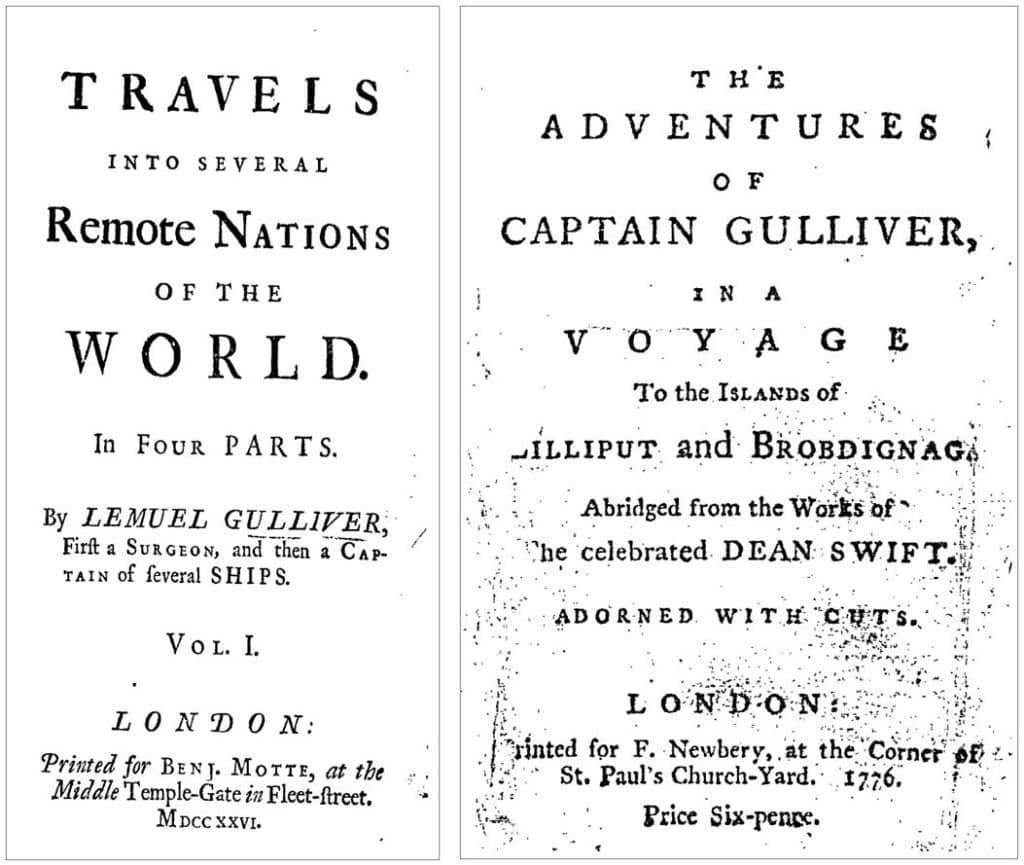
5. Introduce them to Manuscripts
As well as introducing them to the wealth of primary printed material available to students through Gale, it’s important to familiarise them with manuscript resources. Students often struggle to read older handwriting, even in italic hand, so be savvy with your choices. Carefully selecting a few accessible examples from British Literary Manuscripts Online: 1660-1900 will help improve their understanding of how texts circulated, as well as increase their confidence in reading handwritten primary sources.
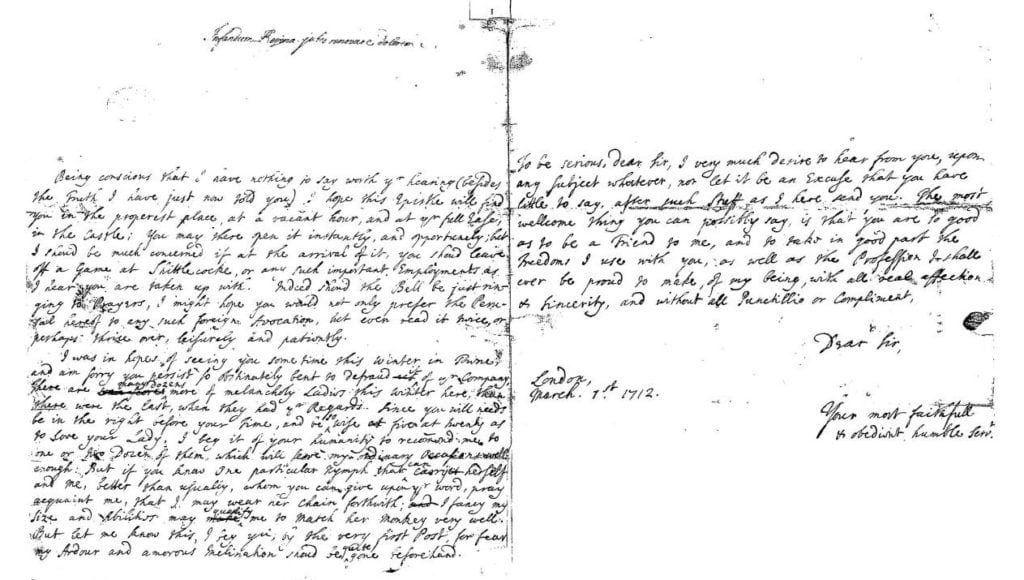
6. Compare Manuscripts and Print Sources
The great advantage of having access to digitised printed and manuscript texts is it gives you the opportunity to compare textual variants between mediums. Choosing to focus on a text that exists in multiple authorial or scribal versions allows students to understand the importance of textual transmission and editing to literary culture.
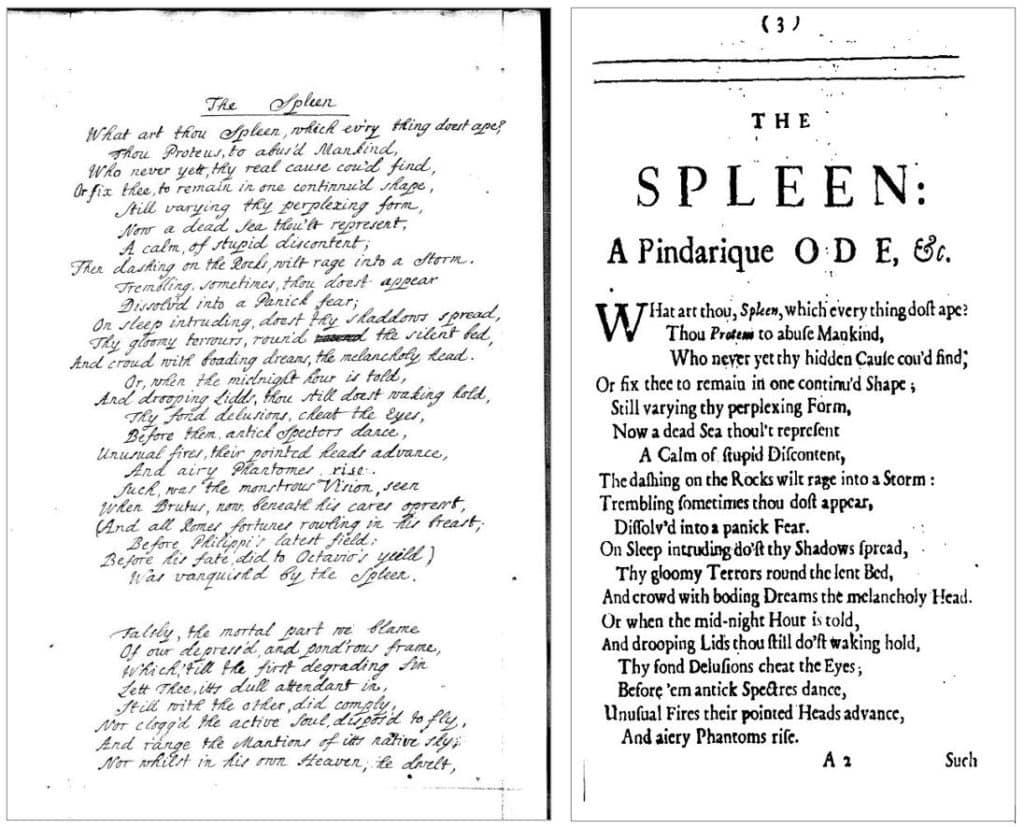
Left: Anne Finch, MS N. b. 3, Folger Shakespeare Library, p.52. Accessed through British Literary Manuscripts Online. Right: Anne Finch, The spleen, a pindarique ode. By a lady. Together with A prospect of death: a pindarique essay (H. Hills, London: 1709). Eighteenth Century Collections Online https://link.gale.com/apps/doc/CW0113427011/ECCO?u=oxford&sid=bookmark-ECCO&xid=1798f86c&pg=2
7. Get them into an Archive
If you have access to special collections, visit them! Students love getting to handle original materials and it really helps them understand primary sources. But in a pandemic, it is important to always be prepared with a digital alternative if you need to move your teaching online. British Literary Manuscripts Online, State Papers Online, ECCO and NCCO are invaluable in these circumstances, as well as helping to generate productive class discussions around the digitisation of primary sources.
8. Get Gale Product Specialists Involved
One of the great things about Gale is that their Product Specialists are willing to help you out in the classroom! Inviting an expert from the Gale team to talk through archival tools like Gale Digital Scholar Lab and primary source databases with your students is a really invaluable addition to any course looking at primary sources.
9. Get Creative with your Teaching
Students love alternate format classes. My advice is get creative and get memorable. If you can get out of the classroom to approach primary sources, do it wherever possible. Whether it’s for an exhibition or object handling/gallery teaching at a local museum, it all helps. I recently took my students to the Hogarth and Europe Exhibition at the Tate in London, where I used his art to help illuminate details from the primary written materials they had been studying – an experience they greatly appreciated and enjoyed.
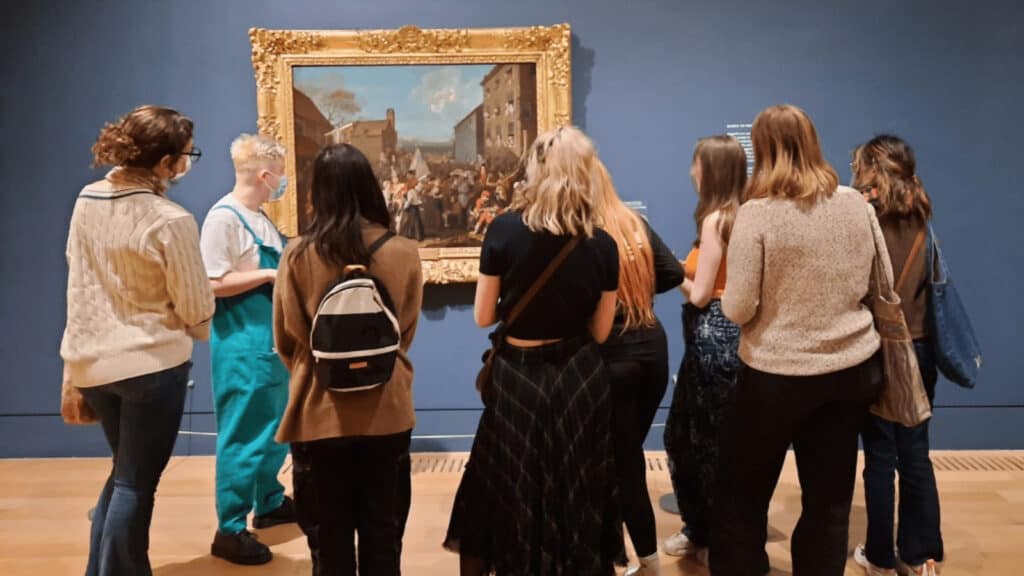
10. Be Patient and Understanding
This seems obvious as an educator, but it is particularly pertinent when you’re teaching with primary sources. Most students will never have read a manuscript or seen texts littered with long s’s and this can be daunting. It may take them a little bit more time to comprehend than a source in a modern edition but, just as we all did at some point, they’ll get there with your support. Like most aspects of instructing in higher education, teaching with primary sources comes with its own difficulties. But when you see something suddenly click for a student studying these resources, (whether in a class or in a piece of written work), it makes the time and care put into ensuring students feel confident engaging with these materials totally worth it.
If you enjoyed reading about tips for teaching with primary sources, you might like:
- Practical Pedagogy with Gale Digital Scholar Lab, Part II: Approaches to Project-Based Teaching and Learning
- Teaching with Eighteenth Century Collections Online
- Teaching Primary Source Research Skills – Discovering New Points of View about European and Colonised Women Using Gale’s “Women’s Studies Archive: Voice and Vision”

